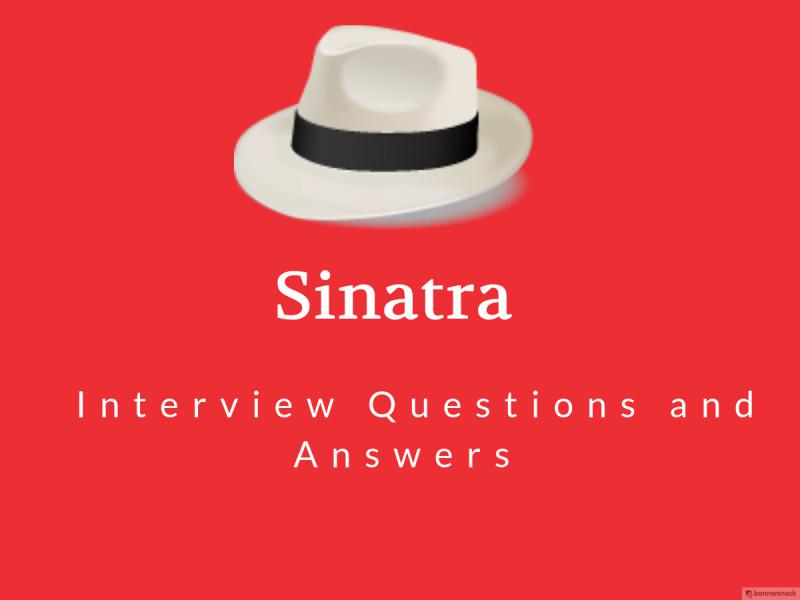What is Sinatra Framework?
Sinatra is a web application framework for rapidly building applications in Ruby. Sinatra is a domain-specific language or DSL which means it is designed from the ground up to build applications with minimal effort. It is written in Ruby.

